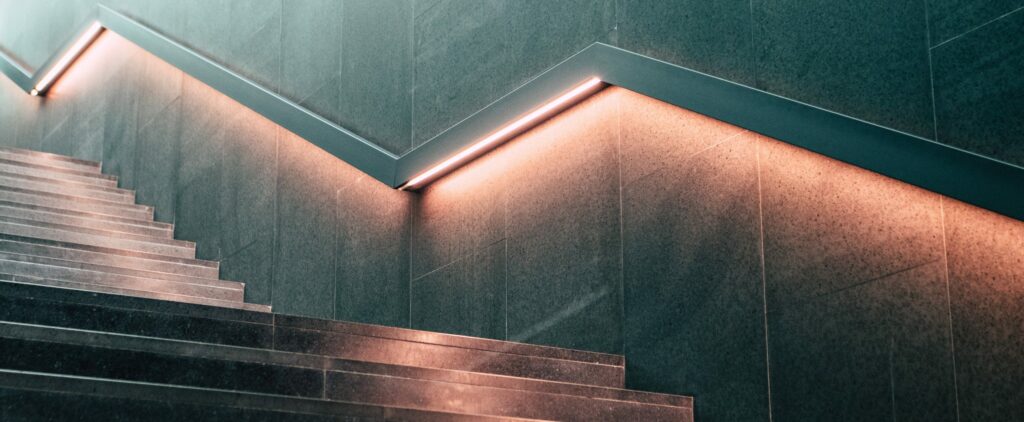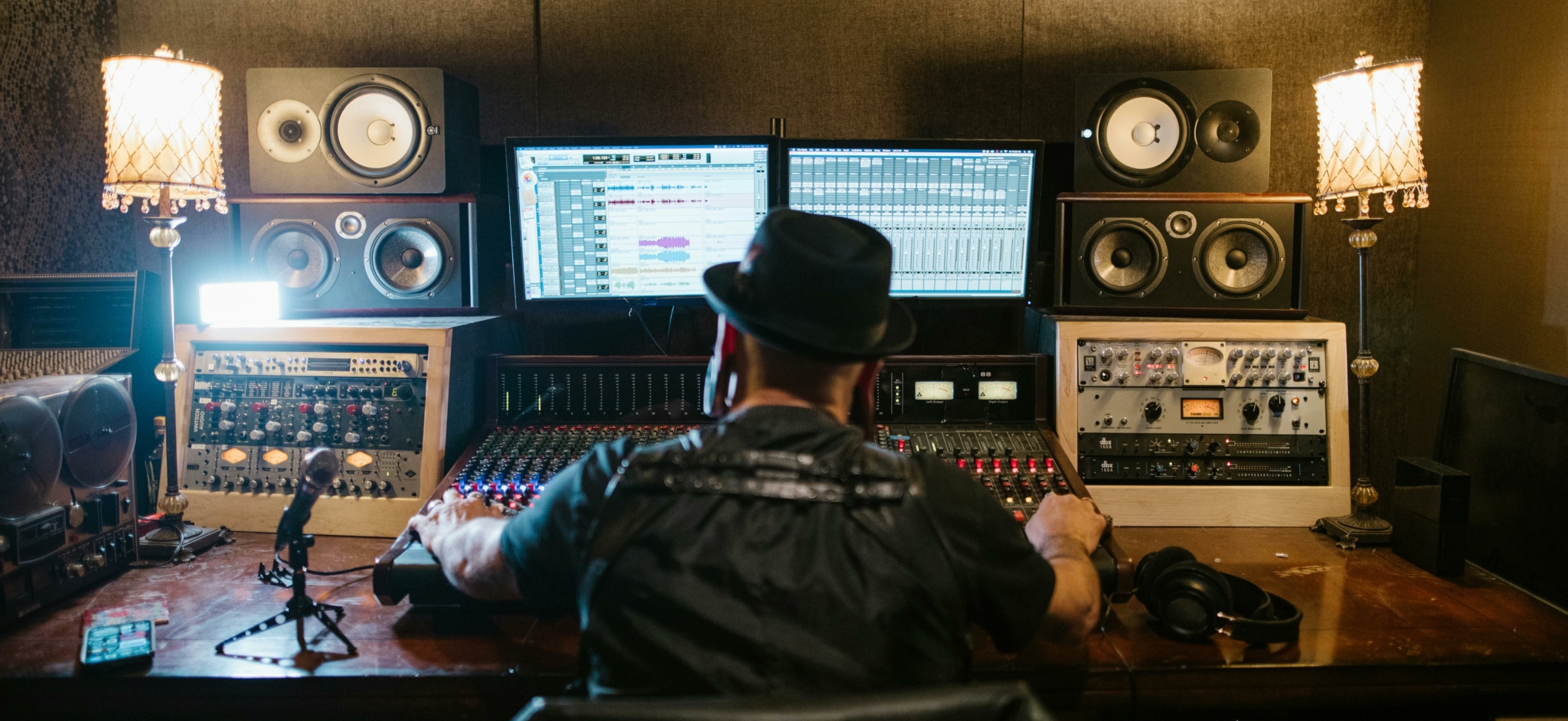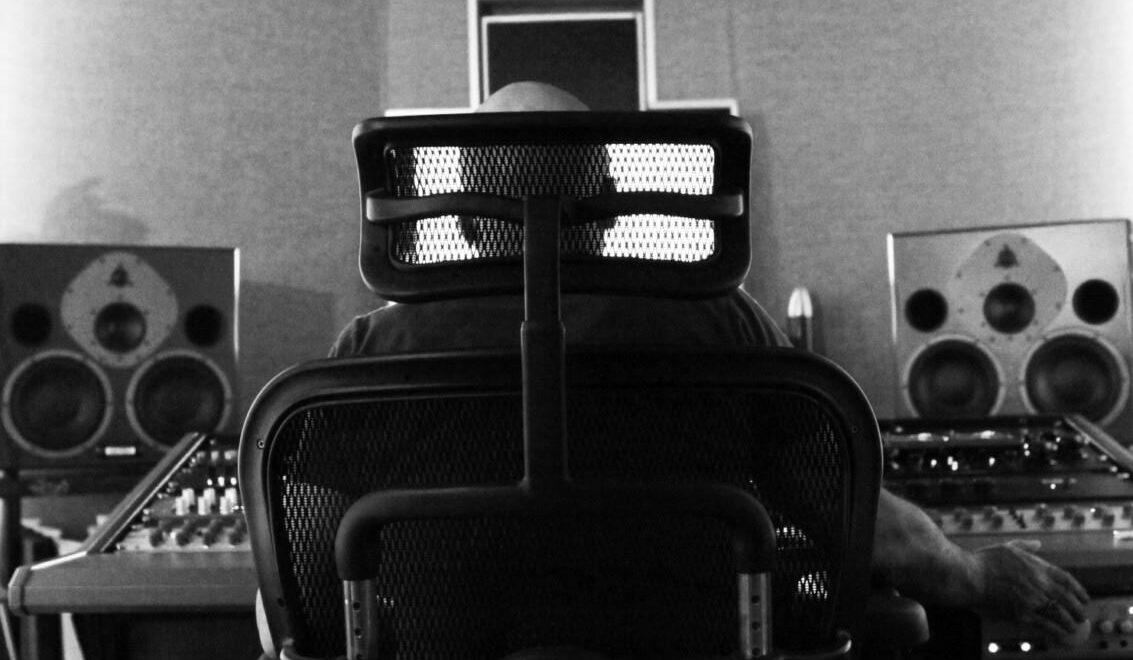Nearly all modern recording, mixing, and mastering workflows now rely on digital audio as the standard. Bit depth—the number of bits used to represent each digital audio sample—plays a central role in shaping how accurately sound can be captured and processed. Although the term might initially seem technical, bit depth can be distilled into core principles that guide everyday production decisions. Whether you are recording a rock band in a professional studio, mixing electronic music in a home setup, or mastering tracks for streaming services, understanding bit depth helps ensure clarity, avoid noise issues, and optimize headroom.
Table of Contents
- What is Bit Depth?
- Standard Bit Depths in Audio
- Recording Considerations
- Considerations in Mastering and Final Exports
- Common Mistakes
- Conclusion
What is Bit Depth?
Bit depth in audio refers to the number of binary digits (bits) used to represent the amplitude of each digital audio sample. If you imagine a continuous analog wave—like a smooth arch—digital audio transforms this curve into a series of discrete steps or “samples” over time. Bit depth in audio determines how many possible “steps” we can assign to each slice of amplitude. More bits mean more possible values, a finer resolution for quiet details, and a lower noise floor.

How Bit Depth Relates to Digital Audio
When audio is recorded digitally, an analog-to-digital converter (ADC) measures the voltage (amplitude) of the incoming analog wave at specific intervals determined by the sample rate. Each measurement is then quantized to the nearest discrete level. Bit depth in audio governs how many of those discrete levels exist between the quietest and loudest possible signals. If your bit depth is low, you have fewer possible steps, leading to a larger rounding error. As bit depth increases, you gain a more precise measurement of amplitude, so the difference between the actual voltage and the quantized step is smaller.
Standard Bit Depths in Audio
When it comes to capturing and refining digital audio, quantizing to a lower bit depth introduces both constraints and possibilities. Each bit depth—16-bit, 24-bit, and 32-bit float—determines how audio signals are represented, influencing everything from noise floor and headroom to capturing unexpected peaks. Understanding these distinctions is crucial for balancing practicality and fidelity, especially with multiple tracks or complex mixes. Below, we delve into the details of how each option affects recording, mixing, and mastering workflows across all production stages.
16-Bit Depth
16-bit audio was popularized by the CD standard. It offers 65,536 possible amplitude levels. The noise floor is around -96 dBFS. For many musical styles, this can be sufficient for final playback because typical listening rooms already have ambient noise above -96 dB. However, using 16-bit in the production stage means you have less safety margin while recording. If you record too quietly, the signal can approach the quantization noise floor; if you record too loudly, you can clip easily. Consequently, 16-bit is still common for final distribution in formats like CD, but less ideal for capturing raw recordings.
Practical Examples in 16-Bit
- Classical or orchestral recordings might benefit from more dynamic headroom, so 16-bit can be limiting if quiet passages are near the noise floor.
- For pop and rock, the dynamic range is often heavily compressed, so 16-bit can handle it in final playback. But for mixing multiple instruments, 24-bit is easier to manage.
24-Bit Depth
24-bit is the de facto standard in professional studios. It allows around 16.7 million amplitude values and extends the dynamic range to about 144 dB. This is far beyond what most analog gear can capture free of noise. 24-bit audio provides tremendous headroom so that recording levels can be set with plenty of buffer to prevent clipping. As a result, you don’t need to drive your preamps close to their maximum or worry about losing resolution if levels peak at, say, -18 dBFS. The added benefits become even more critical when you are summing numerous tracks in a mix, each contributing its own small noise floor.
Why 24-Bit Is Typical for Recording
- You can comfortably leave headroom in case of sudden peaks from a vocalist or drummer.
- Quantization noise is negligible, letting you capture quiet details like fades, reverb tails, and subtle ambience without them dropping into digital hiss.
- Most modern audio interfaces natively operate at 24-bit, simplifying setup.
32-Bit Float
32-bit float (often referred to as floating-point) audio differs from fixed-point bit depths like 16-bit and 24-bit. Instead of a straightforward integer representation, 32-bit float uses separate bits to represent a mantissa (the core precision) and an exponent (the “floating” scale). This structure allows values above 0 dBFS without immediately clipping and also extends the noise floor far below the range of fixed 24-bit. Internally, many digital audio workstations (DAWs) use 32-bit or even 64-bit float to perform mixing calculations.

Benefits of 32-Bit Float
- Headroom Above 0 dBFS: In 32-bit float files, amplitudes that exceed 0 dBFS can still be recorded without irreversible clipping. You can later pull the gain down, preserving what would otherwise be lost in a fixed system.
- Internal Processing Precision: When a DAW sums multiple tracks, each with complex volume automation and plugin effects, a floating-point architecture avoids repeated truncation errors.
- Recovery from Overs: Accidentally record too hot? With a 32-bit float field recorder, you can salvage a clipped performance by adjusting levels in post.
However, 32-bit float is rarely necessary for final distribution to listeners, as consumer devices generally convert audio back to 16-bit or 24-bit. Its main advantage is as a safety net and to prevent round-off errors during production.
Recording Considerations
Below, we’ll consider how bit depth decisions affect each stage of music production. Understanding when and why to record at higher bit depths in audio can prevent common pitfalls and ensure a smooth mastering process.
Considering Headroom and Dynamic Range (Recording)
When you record an instrument or vocal, your goal is to capture the performance with minimal noise and preventing clipping. With 16-bit, you must hover close to 0 dBFS to use all bits and avoid hiss, but that leaves little margin for unexpected peaks. With 24-bit, you can comfortably record at lower average levels—like peaks around -12 dBFS or even -18 dBFS—and still maintain a noise floor well below typical room or microphone noise.
Typical Levels and Safety Buffers
- Peaking around -12 dBFS in 24-bit still leaves over 100 dB of dynamic range above the noise floor.
- Even if your quietest signals are 30 dB below that, the quantization noise remains negligible.
- If a loud transient or vocal emphasis briefly hits 0 dBFS, you’re less likely to ruin the recording due to the overhead that 24-bit and modern ADCs provide.

Summing, Mixing, and Plugin Processing
Inside a DAW, many operations—volume changes, equalization, compression—are done with floating-point precision. Even if the raw tracks are 24-bit, the internal mix engine typically processes them as 32-bit or 64-bit float. This significantly reduces the risk of cumulative noise or distortion from repeated calculations.
Preventing Internal Clipping
While 32-bit float internal audio can technically exceed 0 dBFS without immediate clipping, certain plugins modeled on analog equipment might distort if the input surpasses the range they expect. So, good gain staging remains essential. Even though you “cannot clip” a floating-point channel in a purely mathematical sense, practical clipping can still occur in plugins or your digital-to-analog converter (DAC) when the signal is eventually played back.
Considerations in Mastering and Final Exports
The final step often involves bit depth reduction, especially if you deliver standard 16-bit WAV for CDs or certain online stores. If you plan to release for streaming platforms that accept higher-resolution files, 24-bit is increasingly common. The key is to apply dithering whenever you reduce bit depth.
Why Dither?
If you reduce a 24-bit master to 16-bit without dither, you discard the least significant bits, effectively rounding the signal’s amplitude. This rounding can create subtle but unpleasant artifacts or “grain” in quiet passages or fade-outs. By adding a specific noise profile just before bit reduction, you randomize these errors so that they become a smoother background hiss rather than a correlated distortion.
When to Dither?
Best practice is to only dither once, at the final output stage, when creating a lower bit depth file. For example, if you have recorded and mixed at 24-bit or 32-bit float, you would apply dither just before exporting a 16-bit WAV. If you later re-import that file for more processing, you would be best served to go back to the higher bit depth version to avoid repeated dithering. Dither noise, although very low in amplitude, will accumulate if you keep adding it in multiple successive exports.
Why It Matters for Noise and Dynamic Range
Quantizing audio unavoidably introduces a tiny difference between the “true” analog value and the digitized value, often called the rounding error or quantization error. At higher bit depths, this error is extremely small, creating a noise floor that is very quiet. Meanwhile, the upper limit of a digital signal’s amplitude is 0 dBFS (decibels relative to full scale). The dynamic range of a format spans from this maximum level down to the quantization noise floor. Each additional bit in a fixed-point system roughly equates to about 6 dB of extra dynamic range. Consequently, 16-bit offers around 96 dB, 24-bit extends to about 144 dB, and 32-bit float can reach an extraordinarily large dynamic range.
Common Mistakes
Even with a solid understanding of bit depth, it’s easy to slip up during real-world production. In practice, oversights can compromise your audio, introduce unwanted noise, or sabotage dynamic range. Below, we’ll outline common pitfalls encountered by engineers and producers—such as forgetting to dither, recording at insufficient bit depths, overvaluing 32-bit float’s benefits, and clipping internal channels. By recognizing and avoiding these mistakes, you’ll maintain clear, consistent, and professional-quality results throughout the process. This summary will help you stay vigilant.

Forgetting to Dither
Neglecting dither when exporting to 16-bit can lead to subtle but real distortions in quiet fade-outs or reverb tails. Always remember that dither is your friend at the final step to 16-bit.
Recording at 16-Bit
In a modern environment, there’s almost no reason to start a session at 16-bit. The risk of clipping or noisy recordings is significantly higher than with 24-bit. Unless you are extremely constrained by file storage, 24-bit is the minimum professional standard.
Overemphasizing “Higher Is Always Better”
Some producers jump straight to 32-bit float files for everything, assuming it means better sound quality for final delivery. This can lead to unnecessary file sizes and no actual improvement in typical listening. The real advantage of 32-bit float is in capturing or processing extremes, not in routine playback.
Mixing or Mastering with Clipped Channels
While internal float engines can exceed 0 dBFS, some plugins will distort if fed a signal above the typical range. Always watch input and output gain to ensure you’re not unintentionally creating clipping or harsh distortion in an analog-modeled effect.
Conclusion
Bit depth in audio is at the heart of digital audio’s amplitude resolution. From the smoother transitions in quiet passages to the massive dynamic range needed for both subtle acoustic performances and bombastic cinematic soundscapes, choosing the right bit depth in audio is about balancing practical workflow considerations with technical requirements.
For most music production, 24-bit is the gold standard, offering a huge noise-floor buffer and making gain-staging far simpler than in the 16-bit era. 32-bit float is invaluable within a DAW’s processing engine and in specialized recording situations where you cannot predict or manually set gain. When the time comes to distribute your work, you may well export in 16-bit if required—provided you dither appropriately—without sacrificing perceptible quality in typical listening environments.
Ultimately, bit depth in audio does not alter the inherent tonal character of your music. Rather, it ensures that your quietest details remain free from quantization noise and your loudest transients do not clip. With the right approach, you can confidently record, mix, and master in a high-resolution format, then deliver your final project in whatever bit depth best suits your medium or audience. By understanding bit depth, you harness one of digital audio’s most crucial tools for preserving and conveying the full breadth of musical expression.
About the Author

Ethan Keeley
Writer, Voice Talent, Musician, and Audio EditorEthan Keeley is a musician, voiceover talent, and writer from Rochester, New York. When he's not on tour with his band Unwill he's working on new songs and stories.
Leave a comment
Log in to comment

